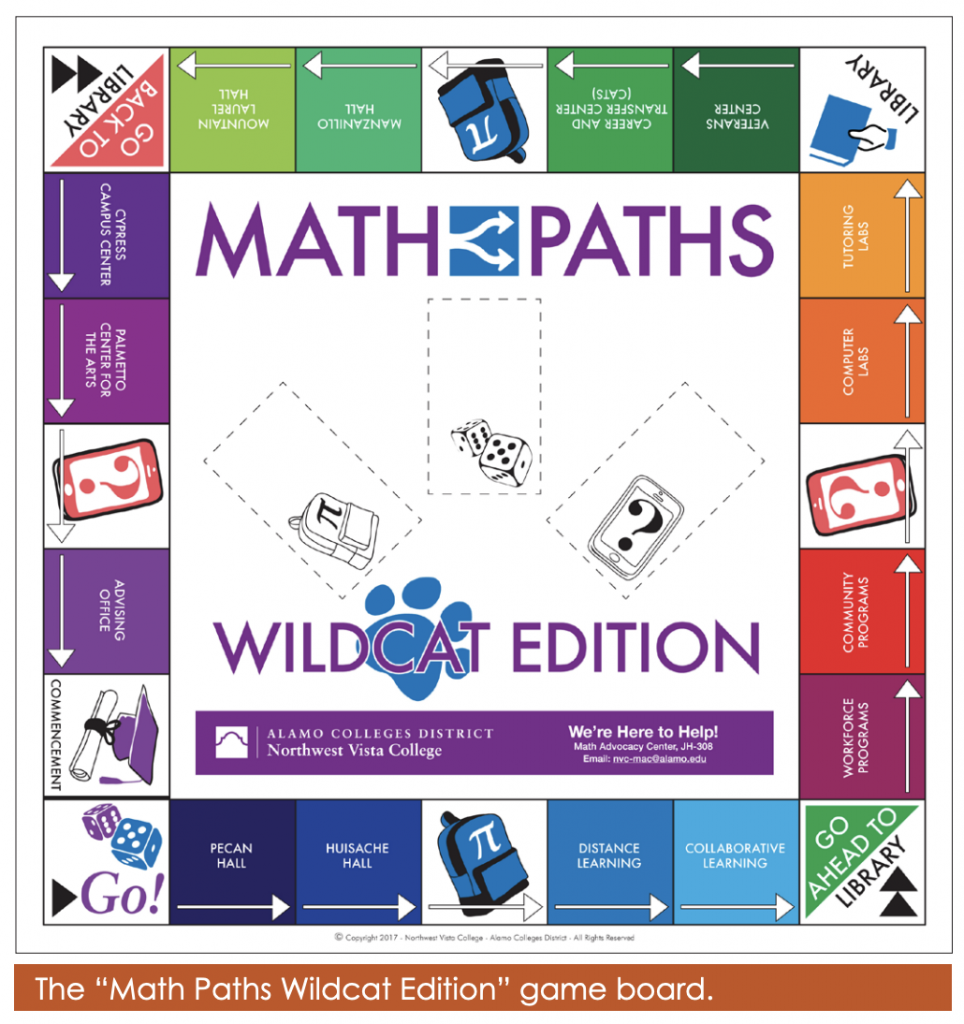The success of mathematics pathways depends significantly on advising. Advisors play a critical role in supporting access and completion. They are the committed, expert ambassadors for students regarding the processes and offerings of the institution. Because students often are overwhelmed by choices and are not aware of the implications of their choices, many rely on their advisors’ guidance. Therefore, ensure that advisors understand the reasons for the mathematics pathways and how pathways benefit every student.
We also know that advisors work in an environment of large caseloads, diverse student needs, constant institutional redesign, and regular turnover. Include this important stakeholder group in each stage of the implementation process. This ensures that advisors are apprised of the rigor embedded in all of the courses, the applicability of the courses to students’ programs of study, and transferability of the courses to other institutions.
The leadership team may find it helpful to work with advisors to develop scripts and other communication tools for frontline advising staff and to help describe mathematics pathways to students and parents. Advisors can create simple diagrams to define appropriate pathways for students based on their areas of interest or desired programs of study. They can also develop information for students who self-advise through the campus website or receive guidance from special programs and peers.

One of the primary goals of mathematics pathways is to help every student prepare for and meet their academic and career goals. It is essential that those goals be the sole determinant of which mathematics pathway is appropriate for each student. Students who are deemed underprepared should receive the necessary support to succeed within the pathway.
Consider a non-algebraic pathway for undeclared students.
A pathways approach, however, raises the challenge of advising students who have not declared a major.
Advising departments should establish protocols for advising these students by determining their broad academic and professional interests. A full, guided pathways structure is most effective, as students can select from a small number of broad meta-majors. The default pathway for undecided students should be one of the non-algebraically intensive options, such as statistics or quantitative reasoning, because data show that more students are in programs that need these mathematics courses (Burdman, 2015).
It is also important to give attention to the use of student-friendly language in describing the pathways both in terms of structure and content. Good advising materials and practices help students understand why they are taking certain courses and how those courses will be of value to them—this is especially true in mathematics because many students enter college with negative past experiences in math. Advising that helps students understand how a mathematics course or sequence of courses fits into their programs and how they will be supported helps build their confidence and motivation.
Practitioner Point of View
Students entering college can often feel overwhelmed with all of the enrollment options available to them. Further, new students may not fully understand the long-term impacts that their enrollment choices can have on degree completion. Even when a college or university has implemented mathematics pathways, students may still struggle with selecting the appropriate pathway. Encouraging students to enroll in the right course is often a major obstacle to scaling up mathematics pathways.
Stakeholders at Northwest Vista College in San Antonio, Texas developed “Math Paths Wildcat Edition,” a Monopoly-style game designed to show what the mathematics department offered and to help students understand the math sequences appropriate to their programs of study. This innovative advising approach to support students to enroll in the right mathematics course for their program of study can be found in the Dana Center's "Notes from the Field -- Number 2".

Resources
shows the importance of student advising when implementing mathematics pathways at scale and offers a step-by-step guide to develop a comprehensive advising plan.
outlines a general process for developing advising resources and includes models that illustrate key characteristics for effective communication.
shares an example of how institutions aligned mathematics pathways with their programs of study.
depicts a creative, student-friendly resource for mathematics pathways from Victoria College in Texas.
Reflection Questions
How can you diversify an outreach campaign to students by using different methods of communication?
Do programs of study or student support programs have outreach events or platforms that can be used to reach targeted populations of students?
